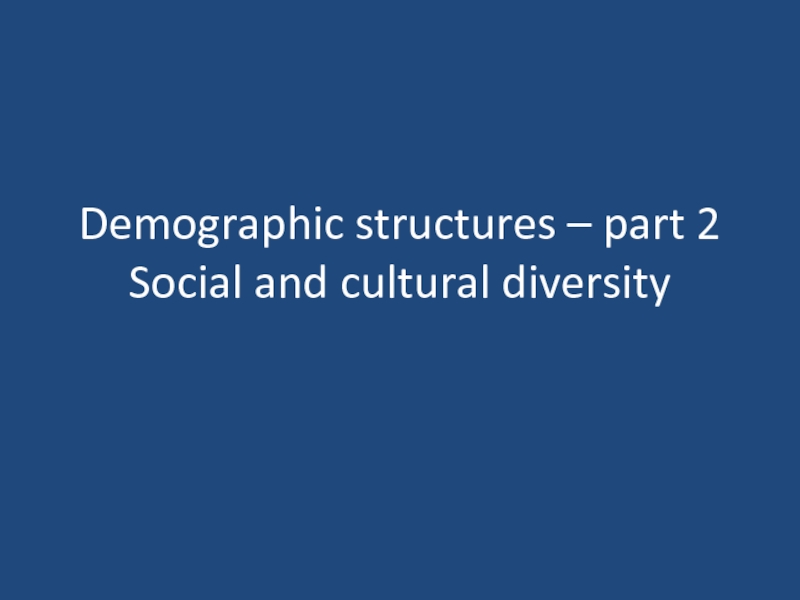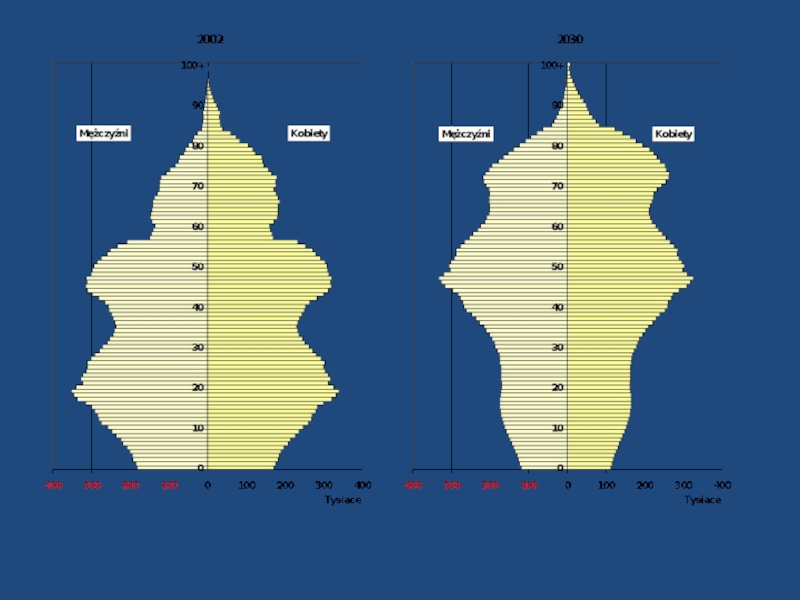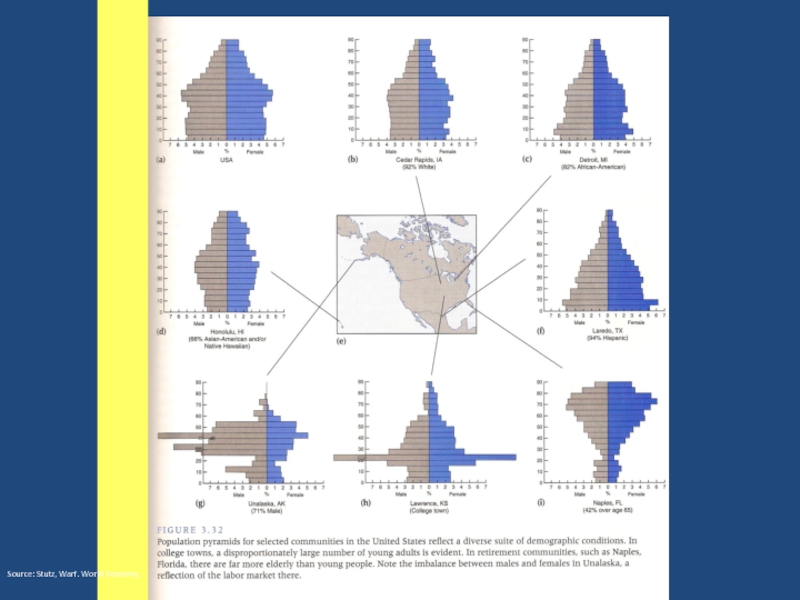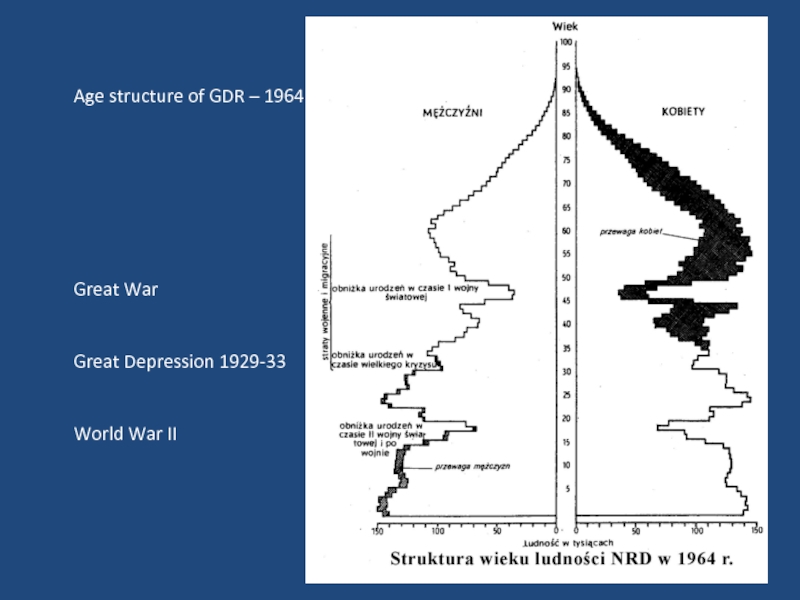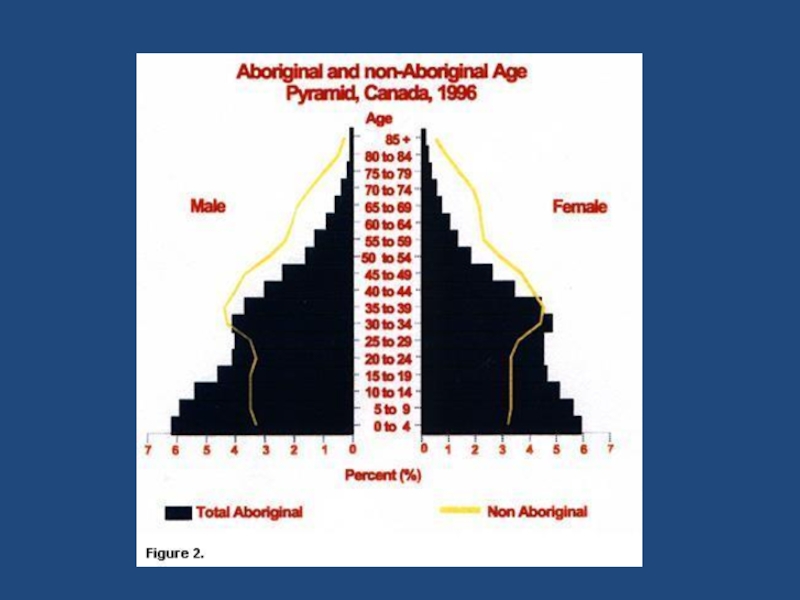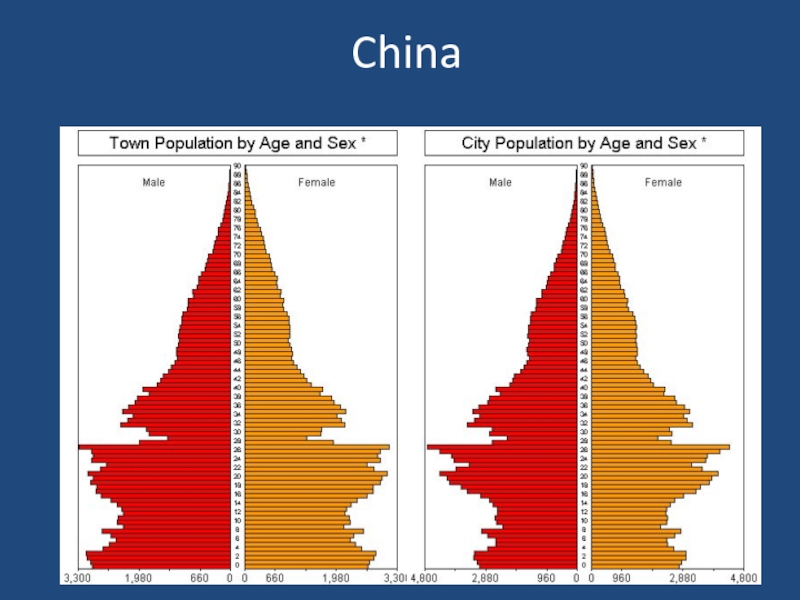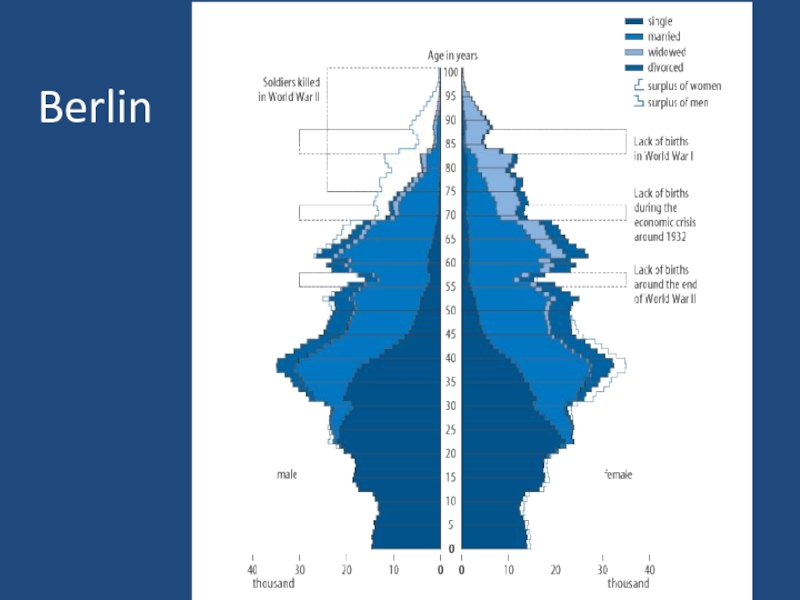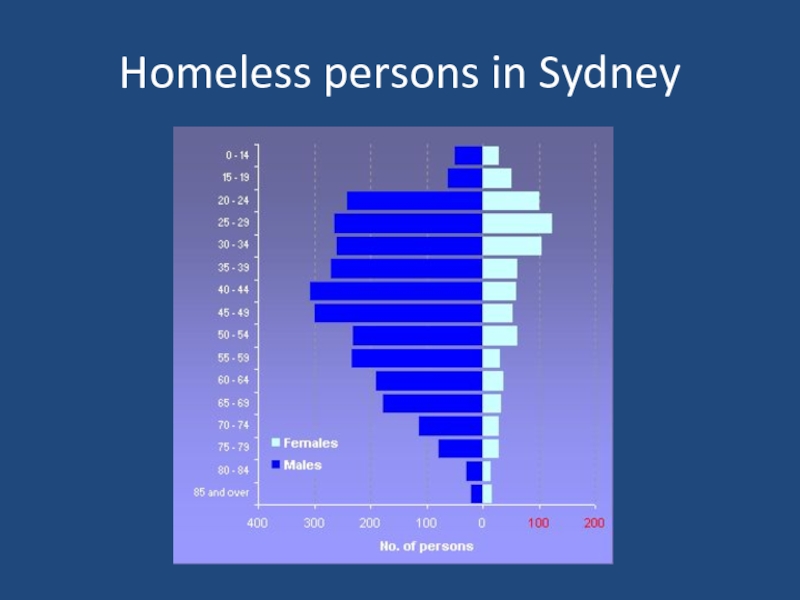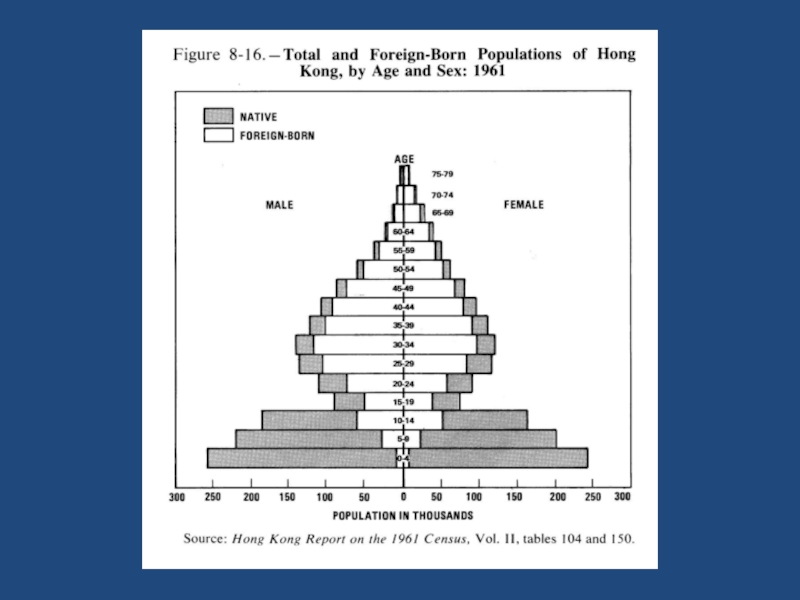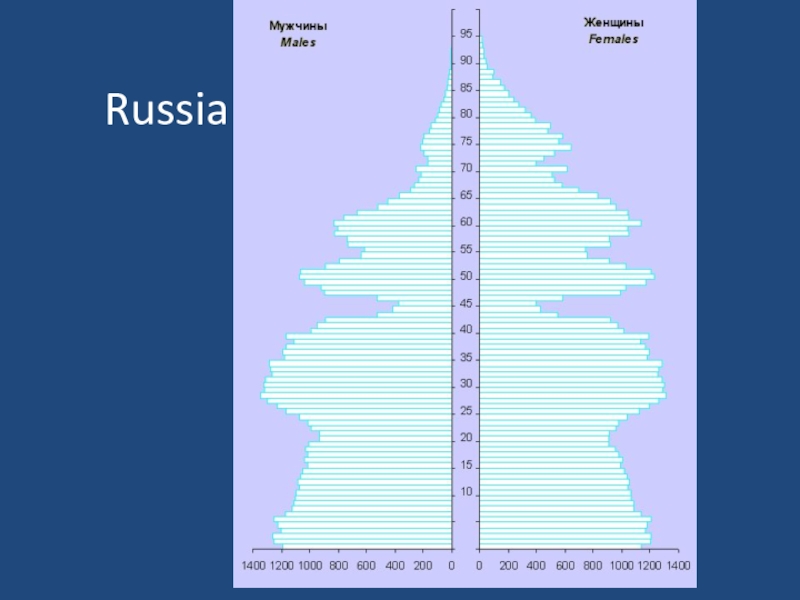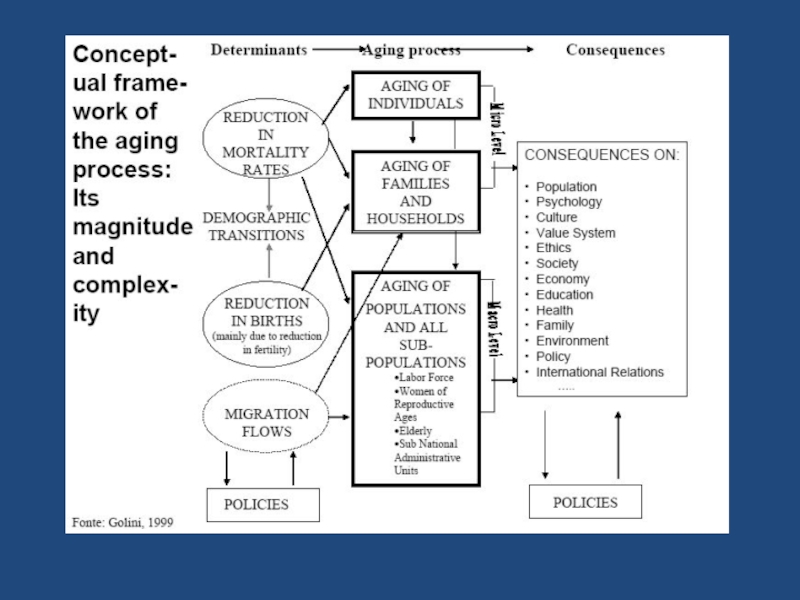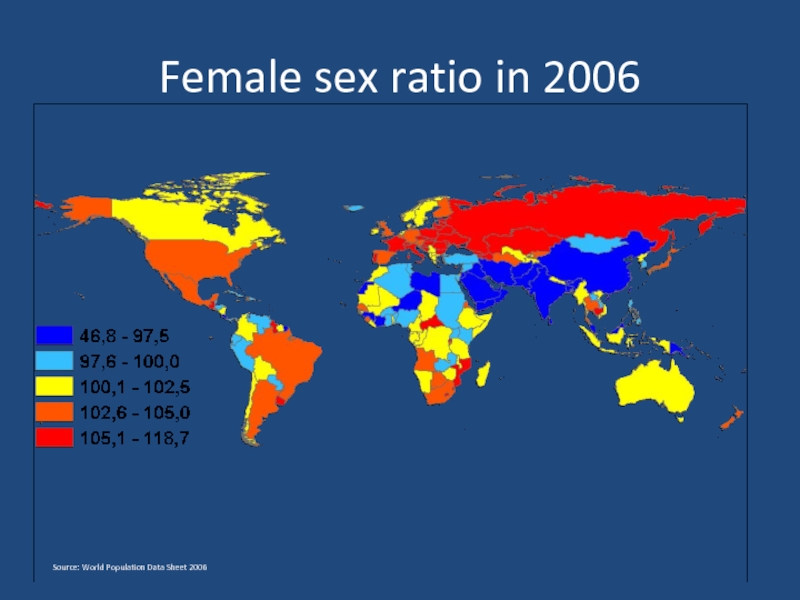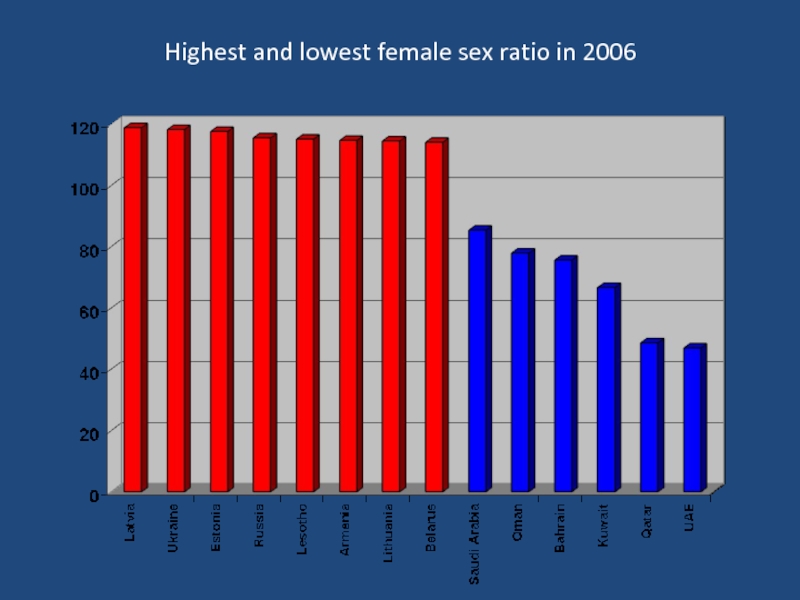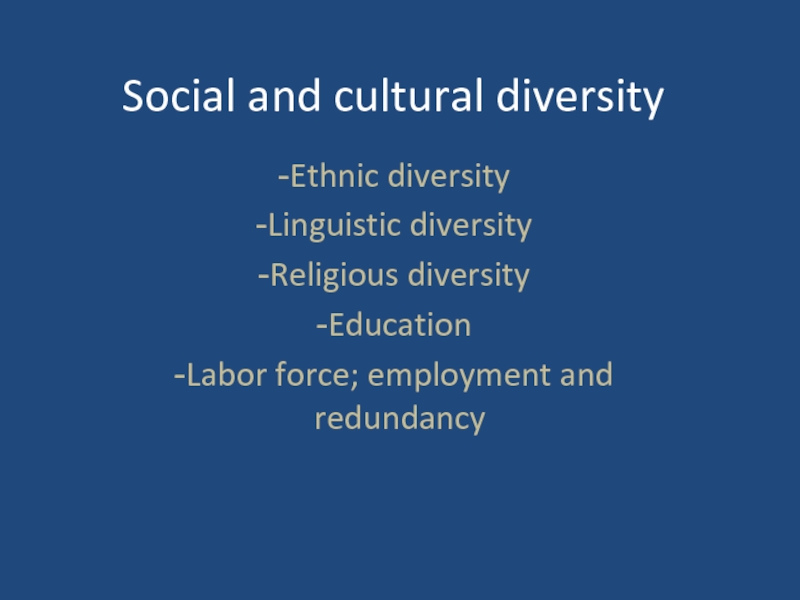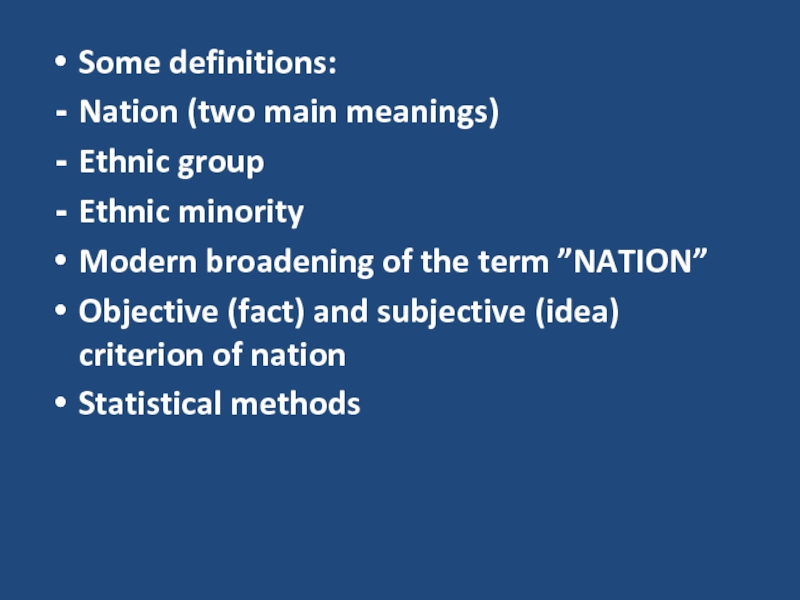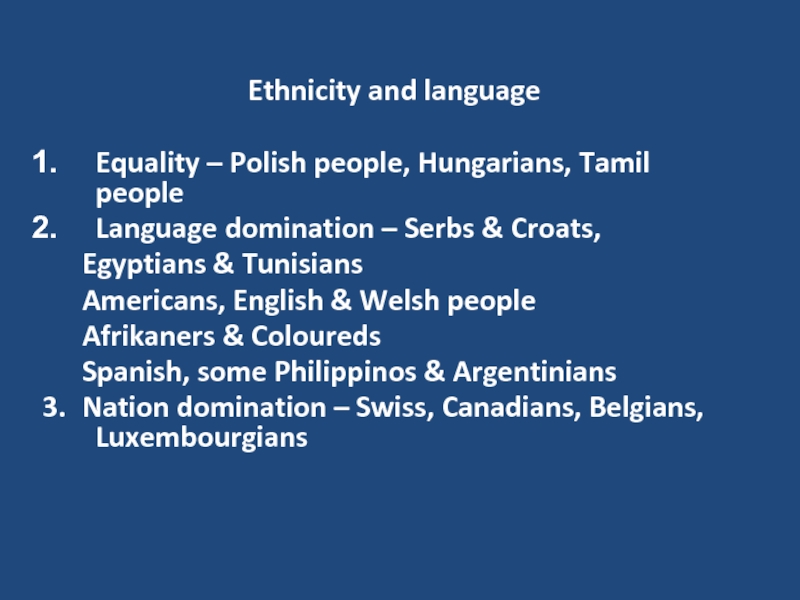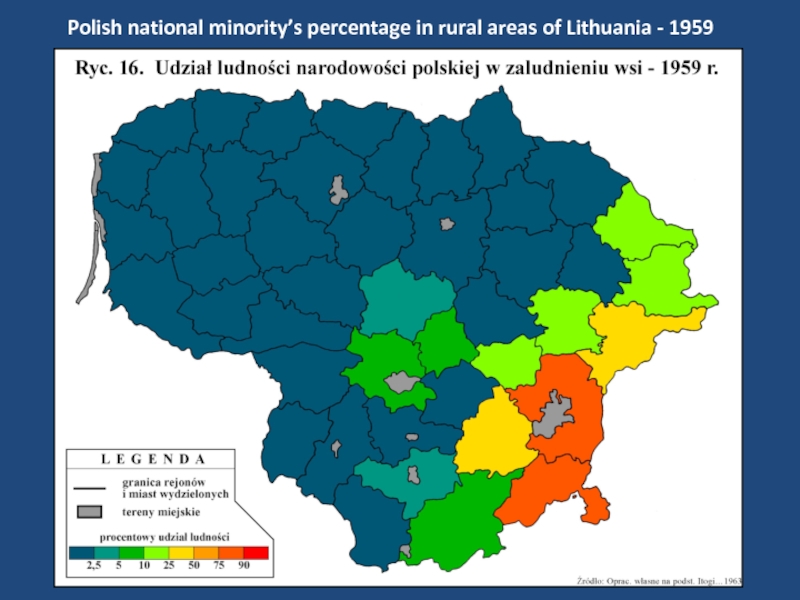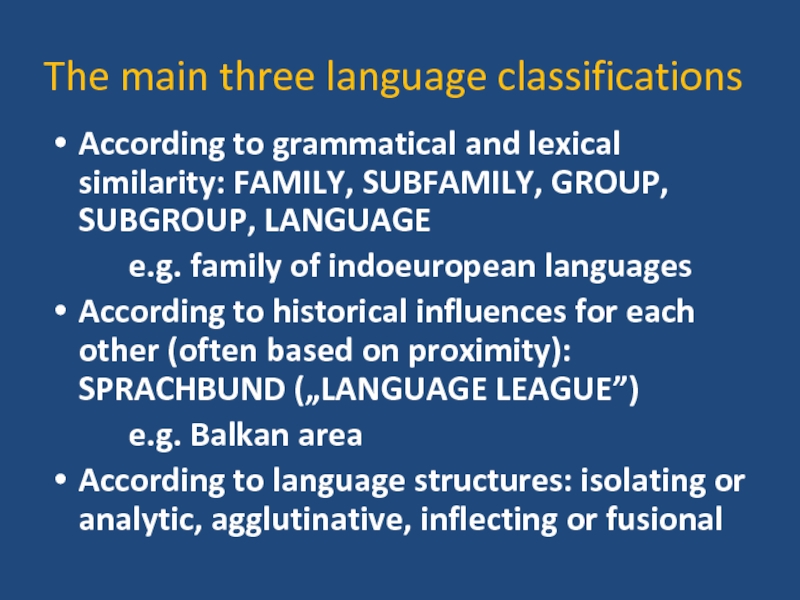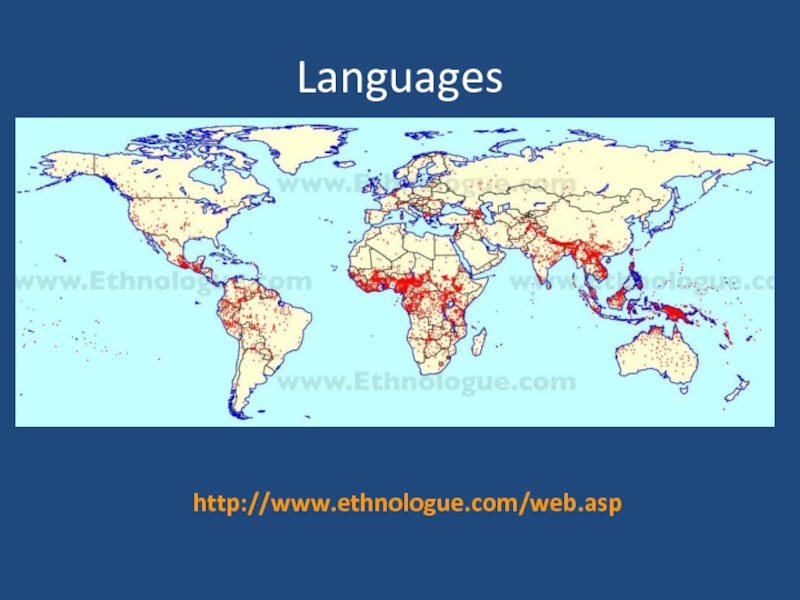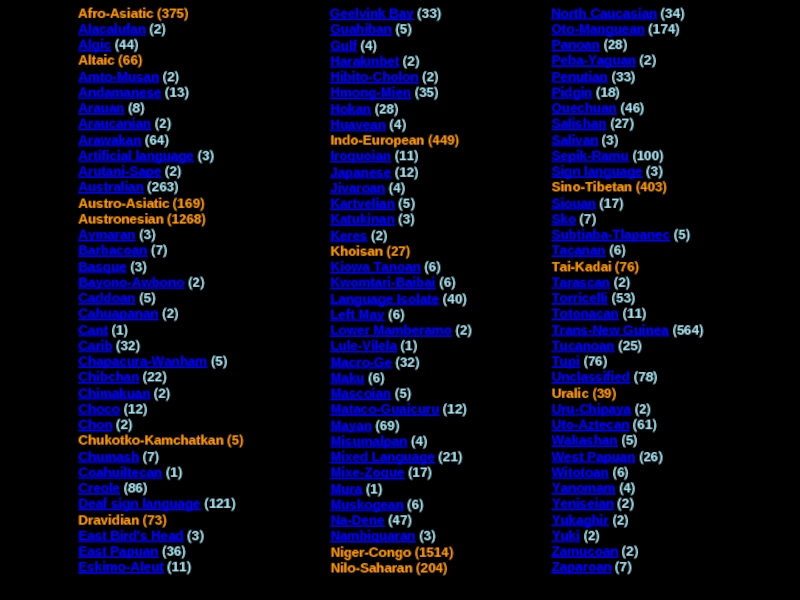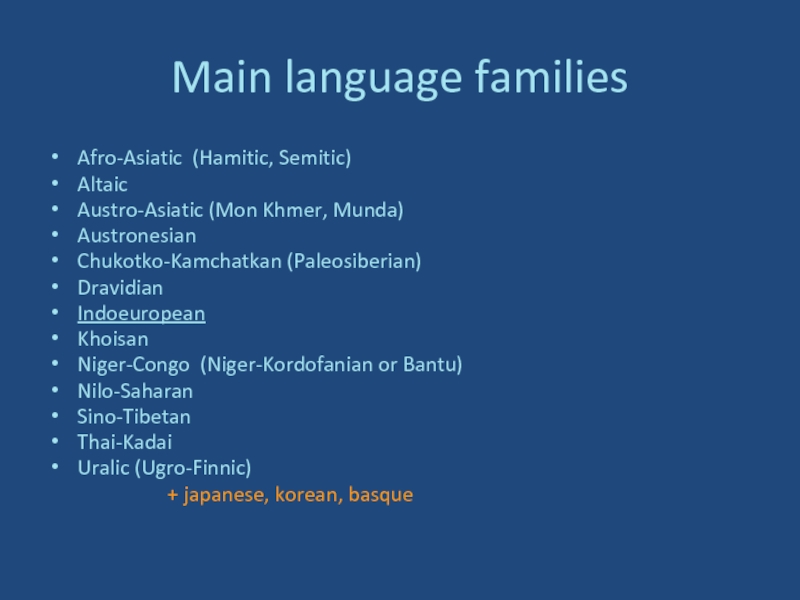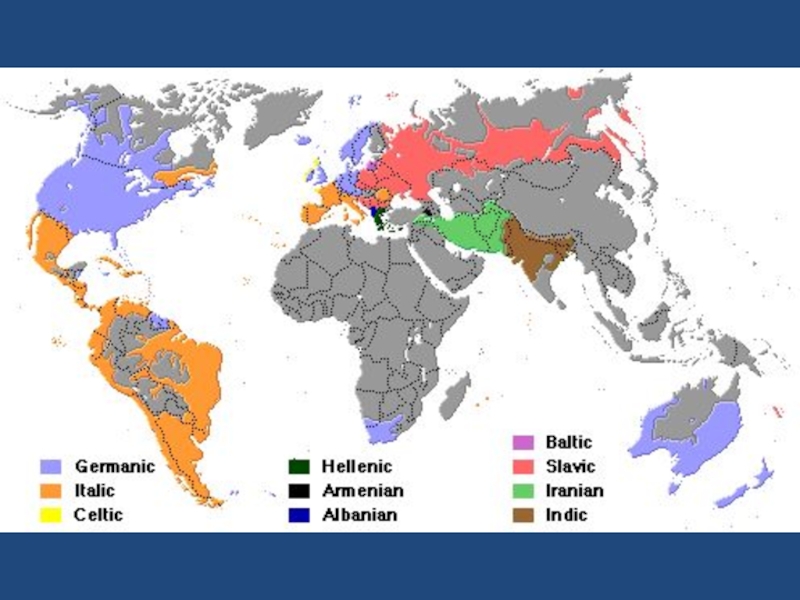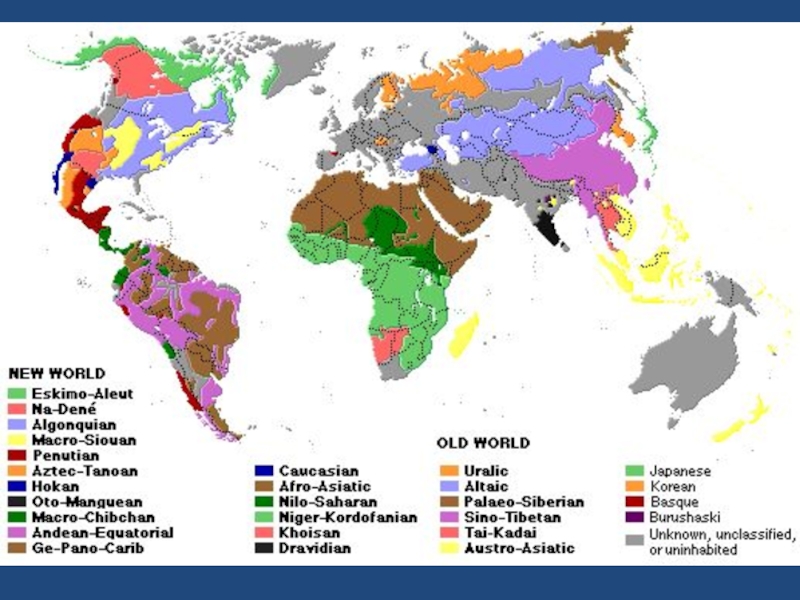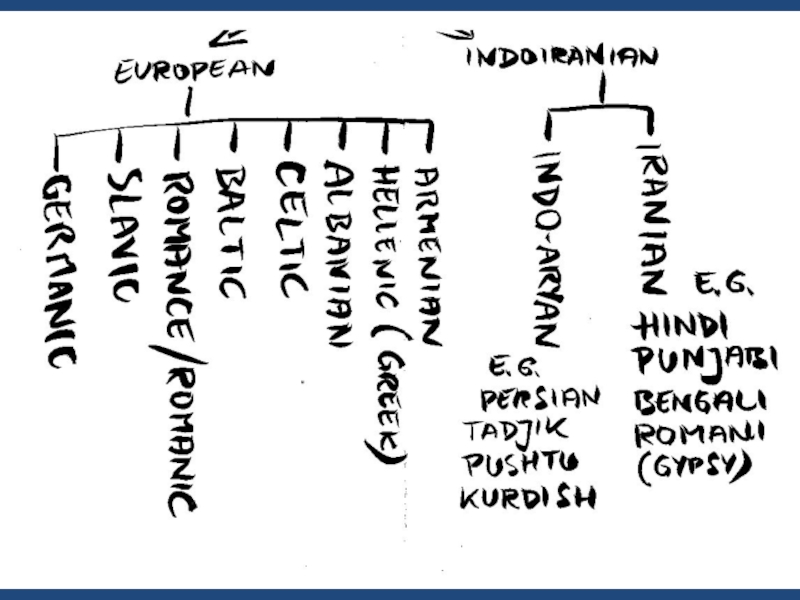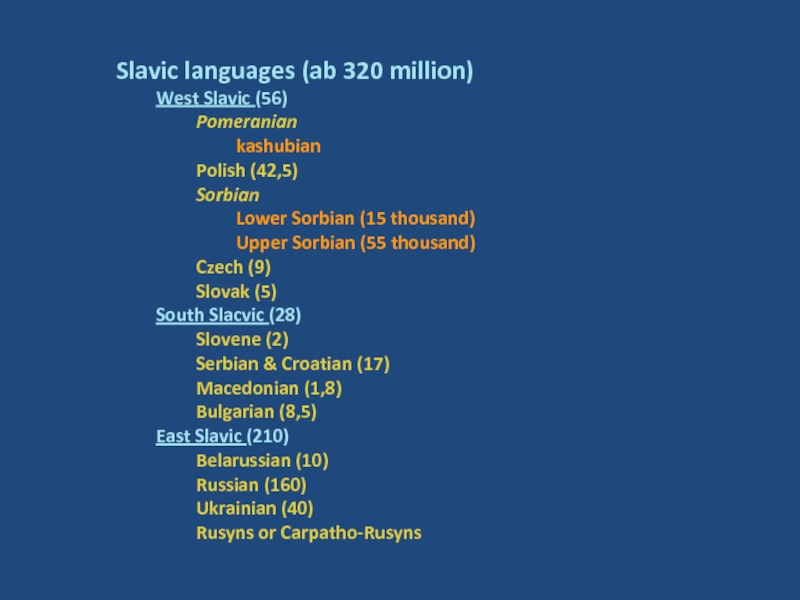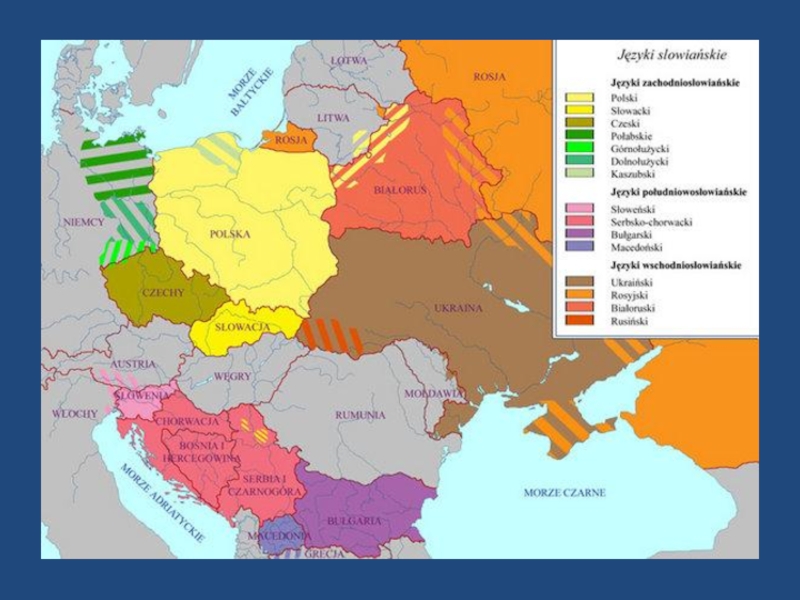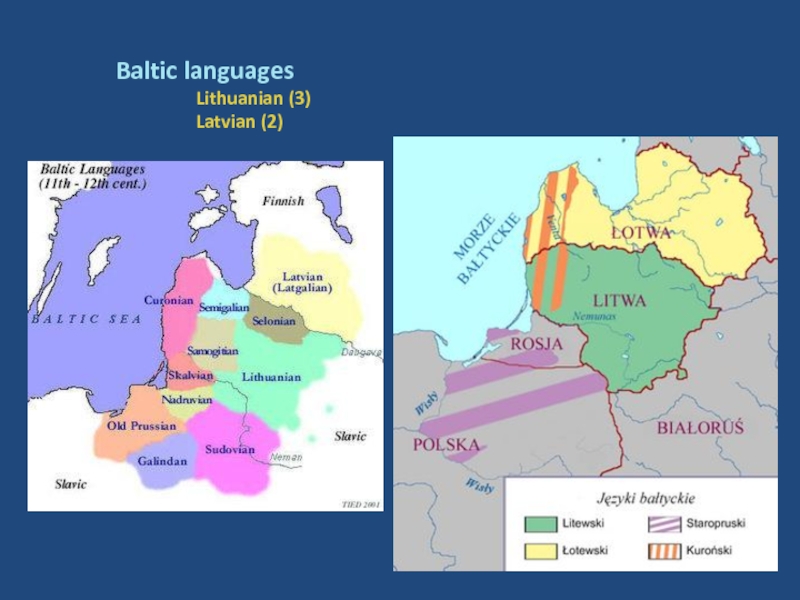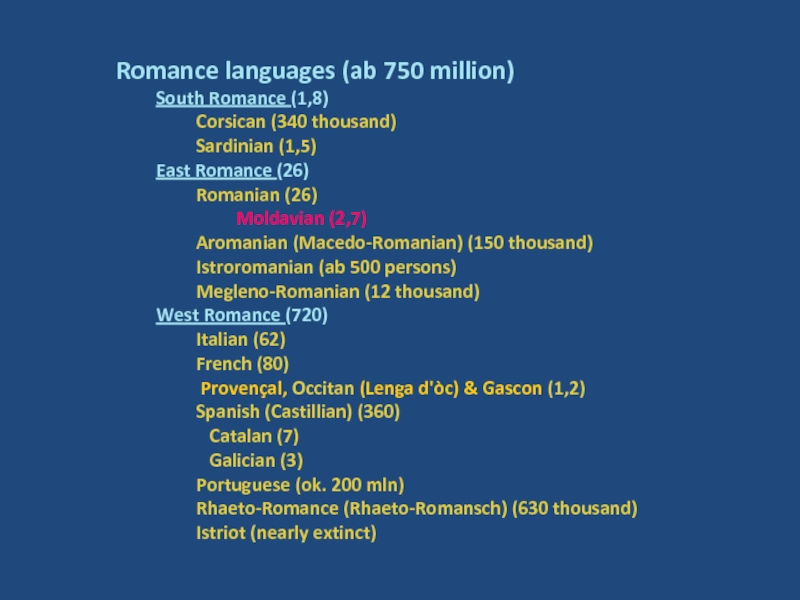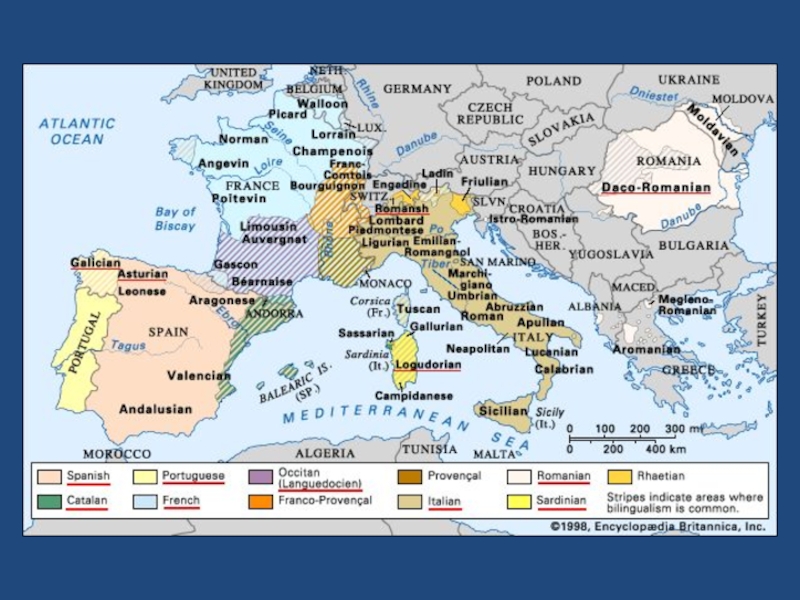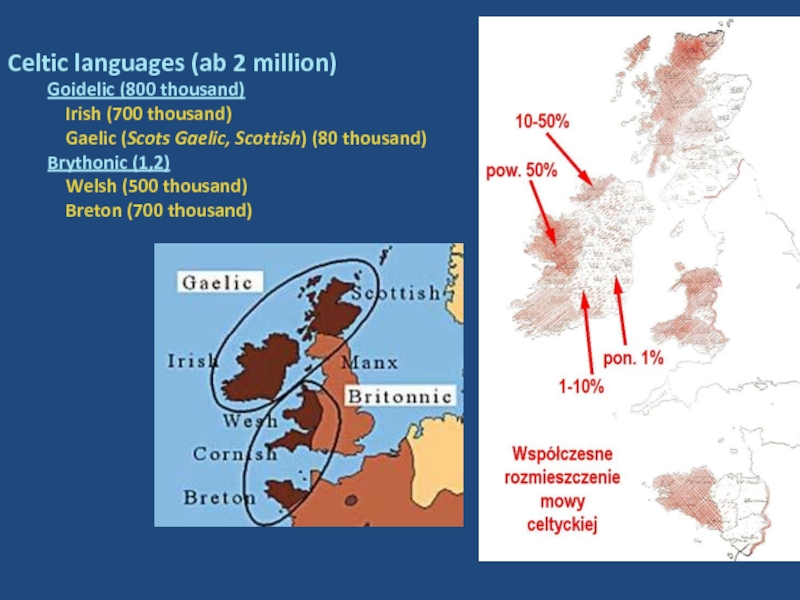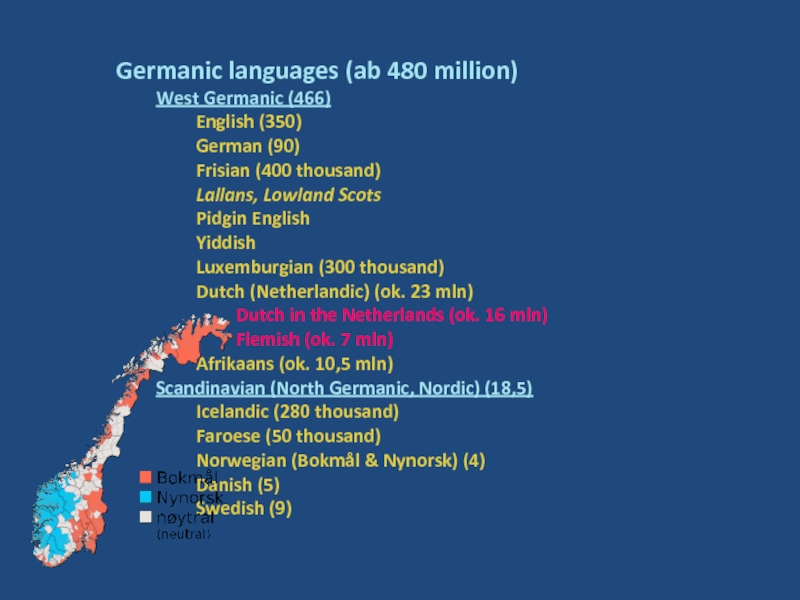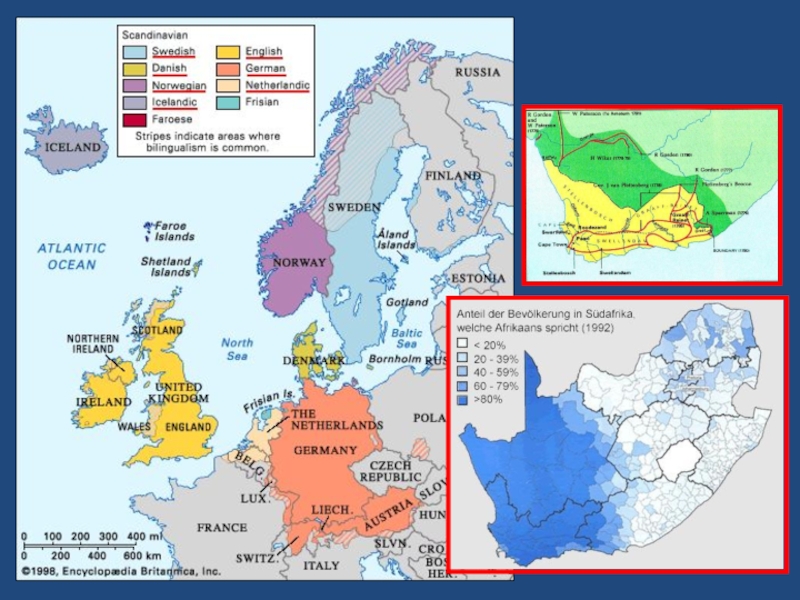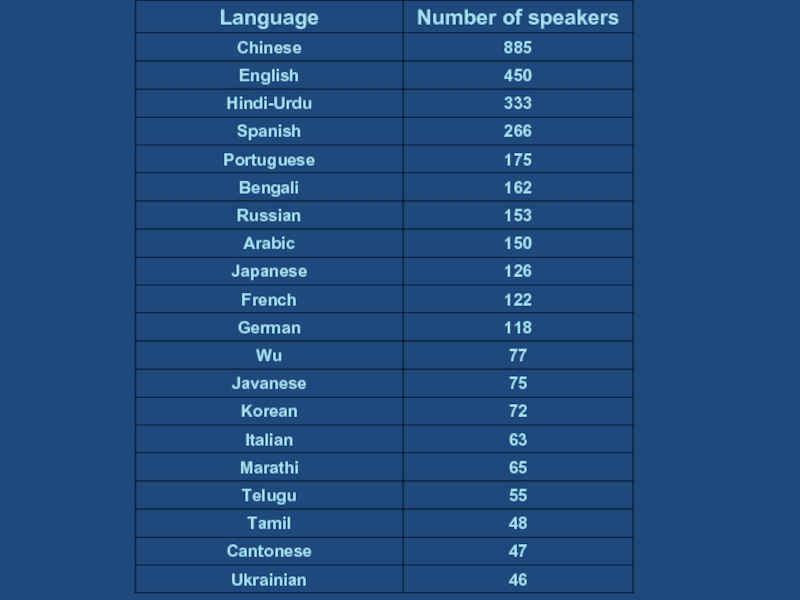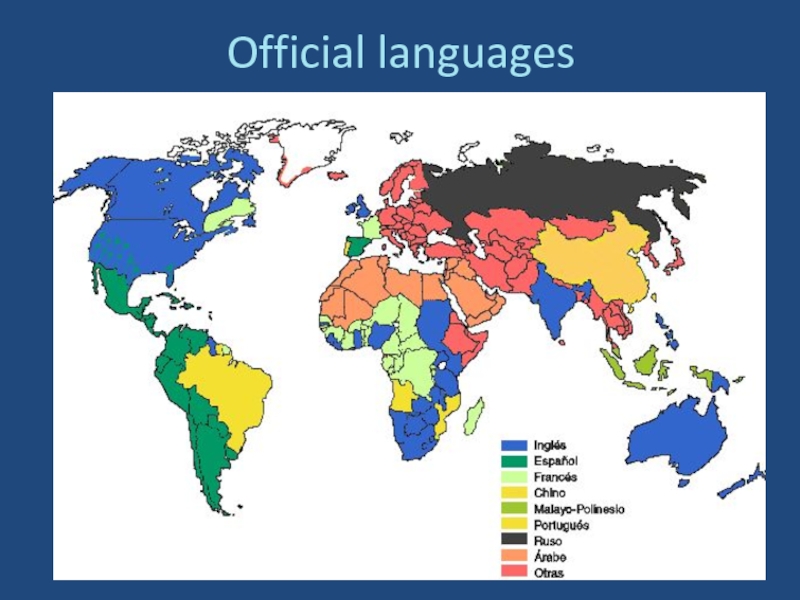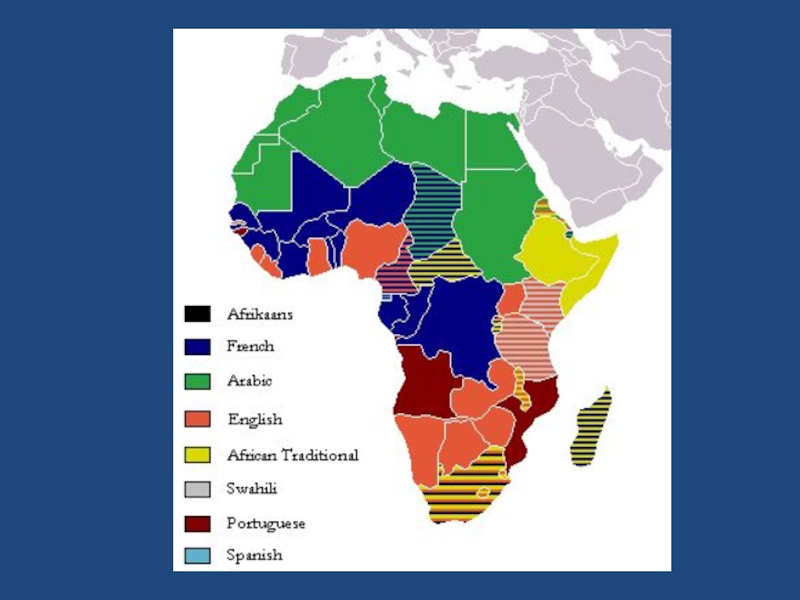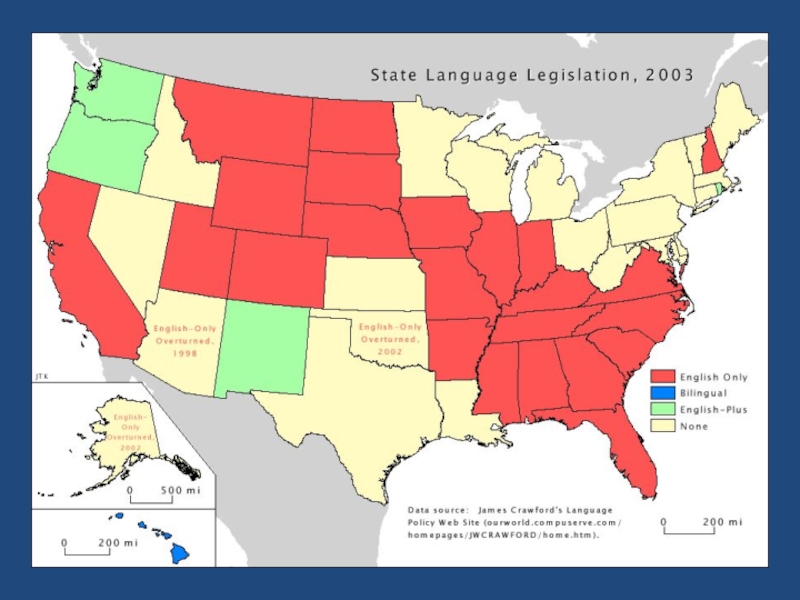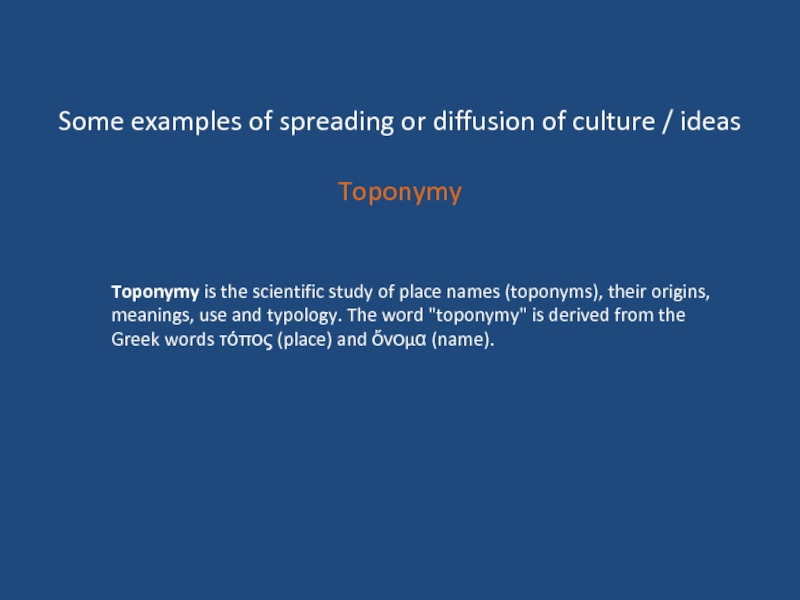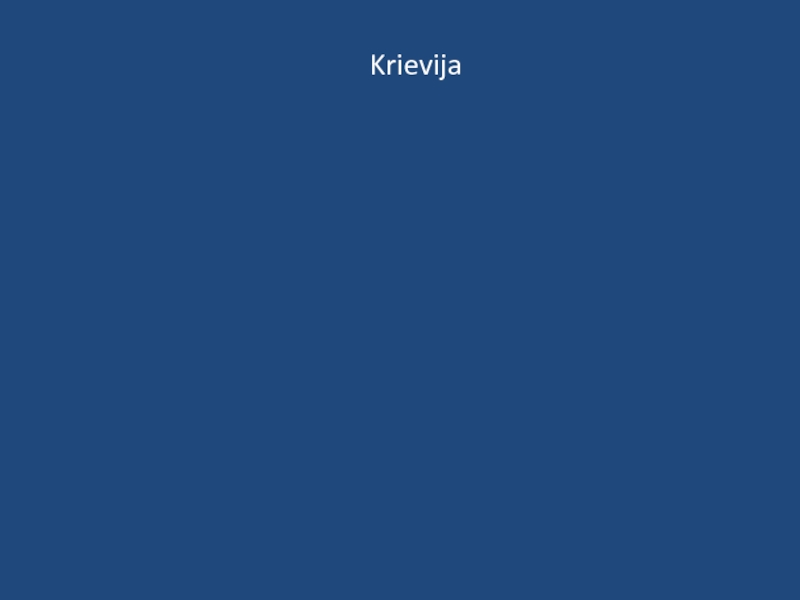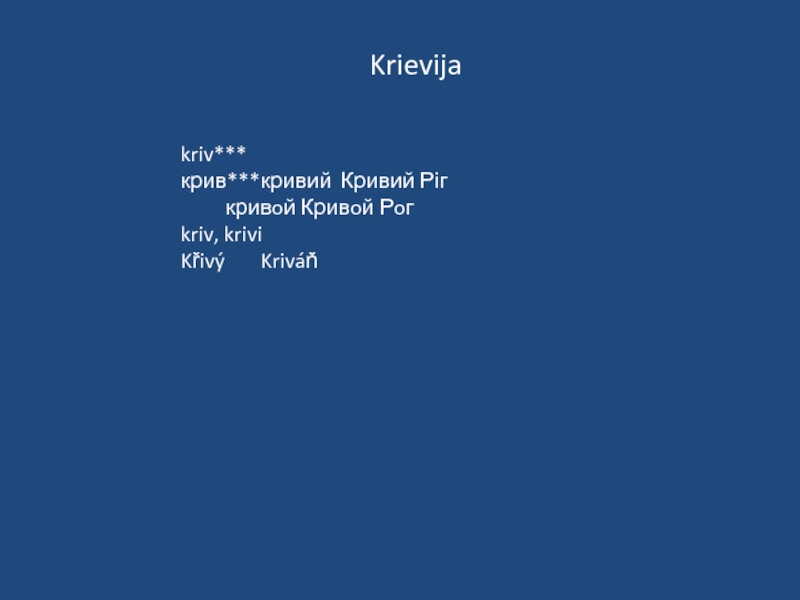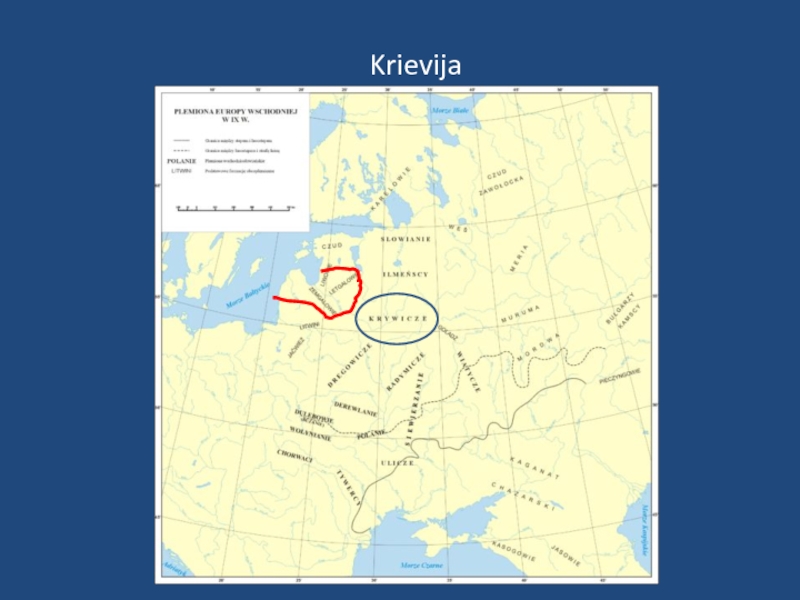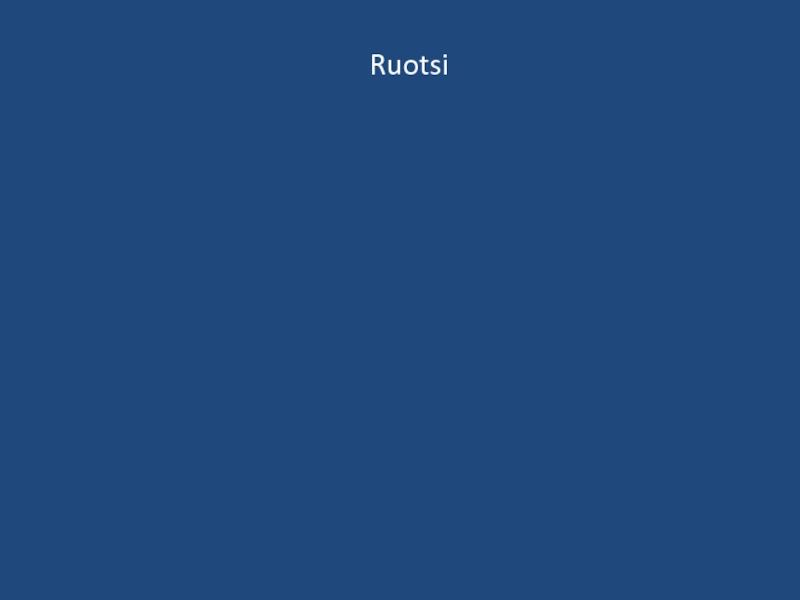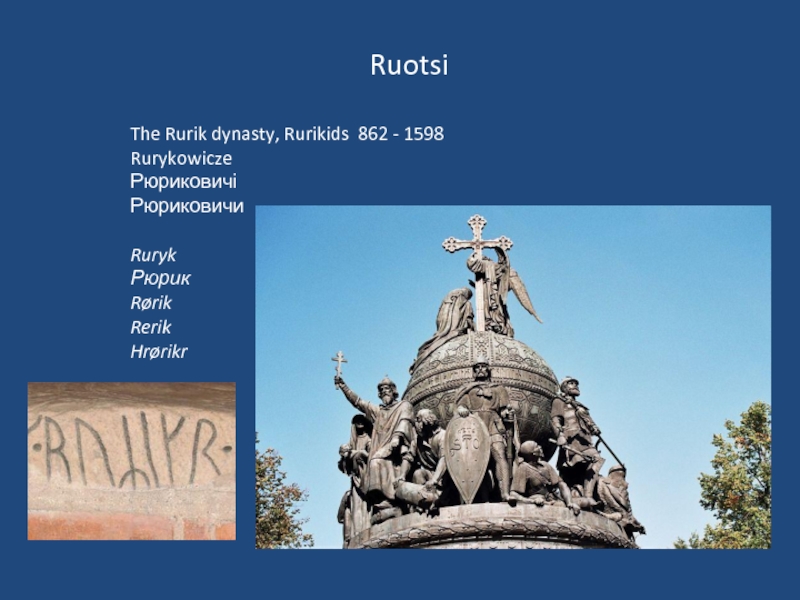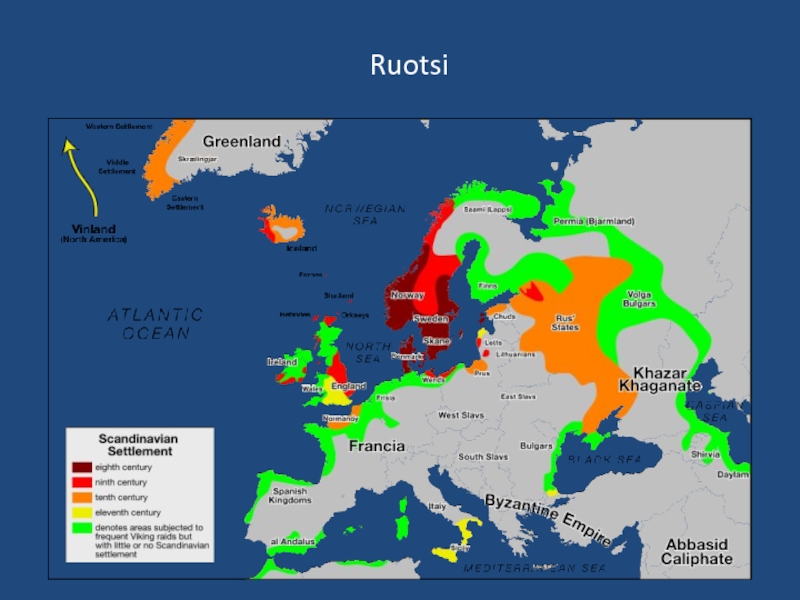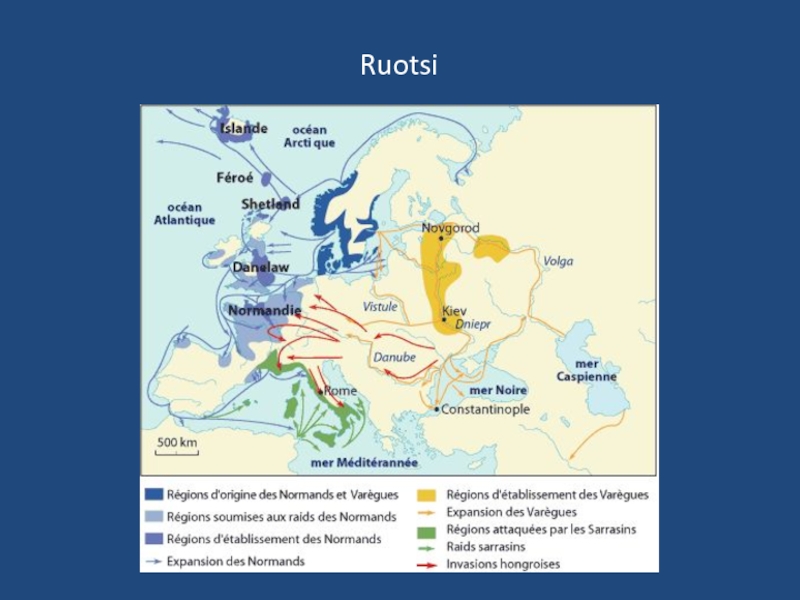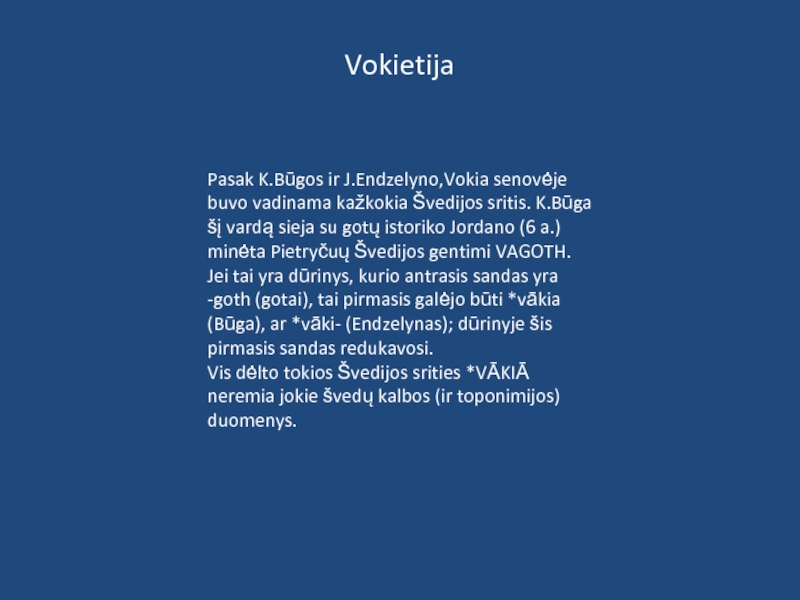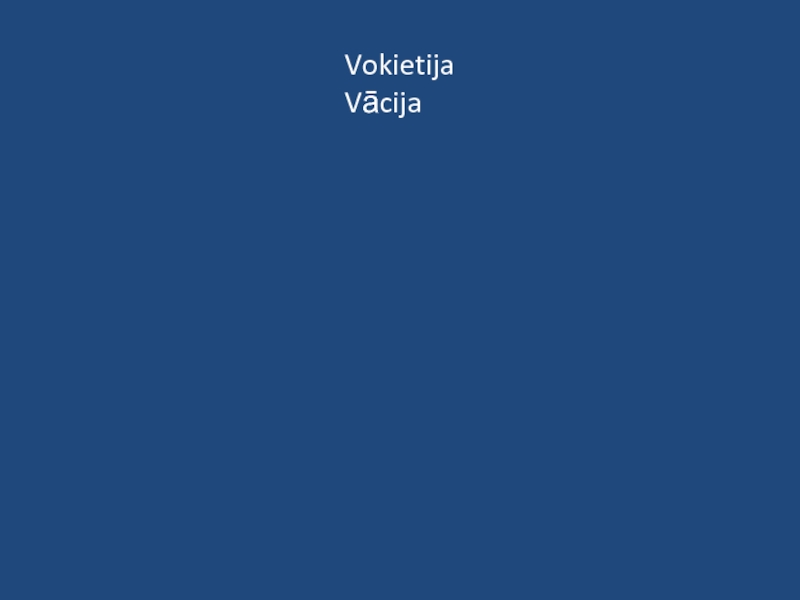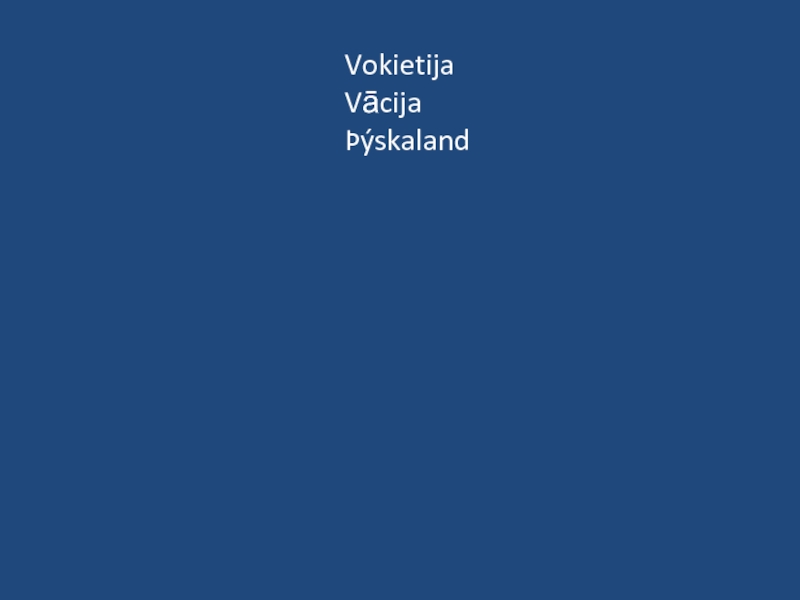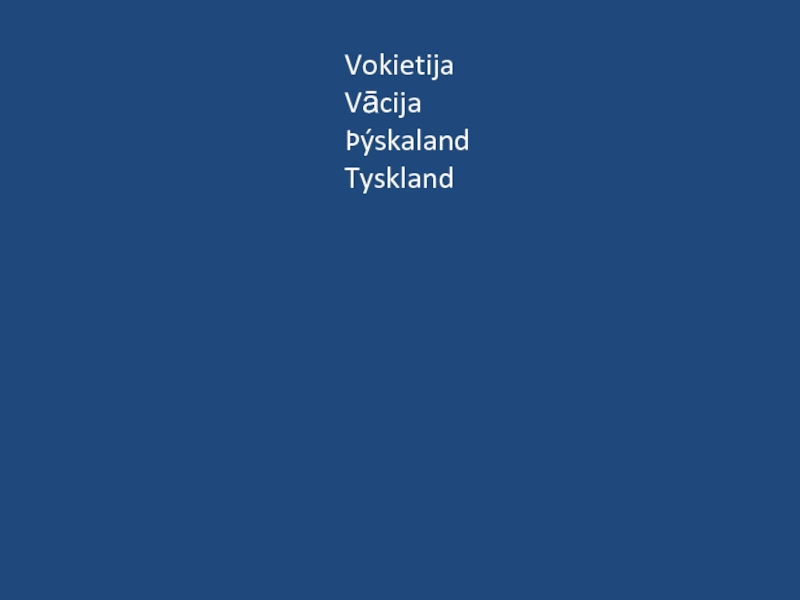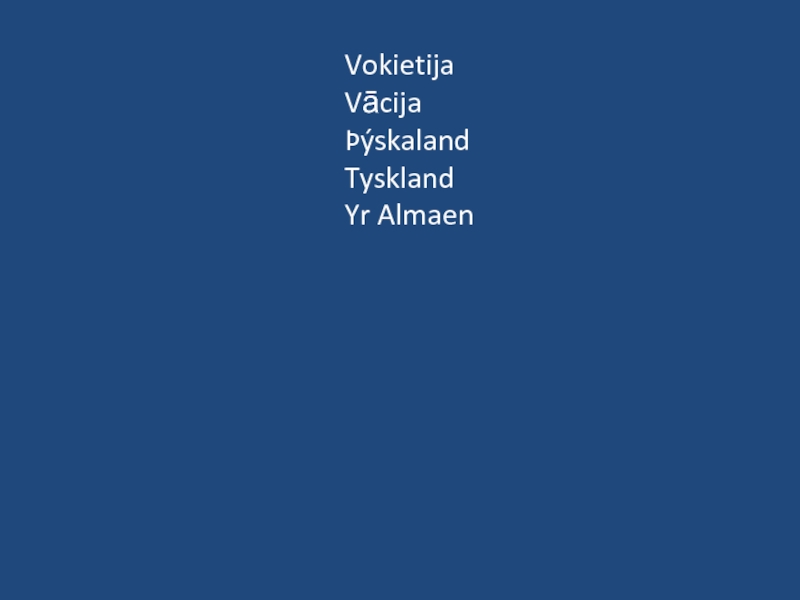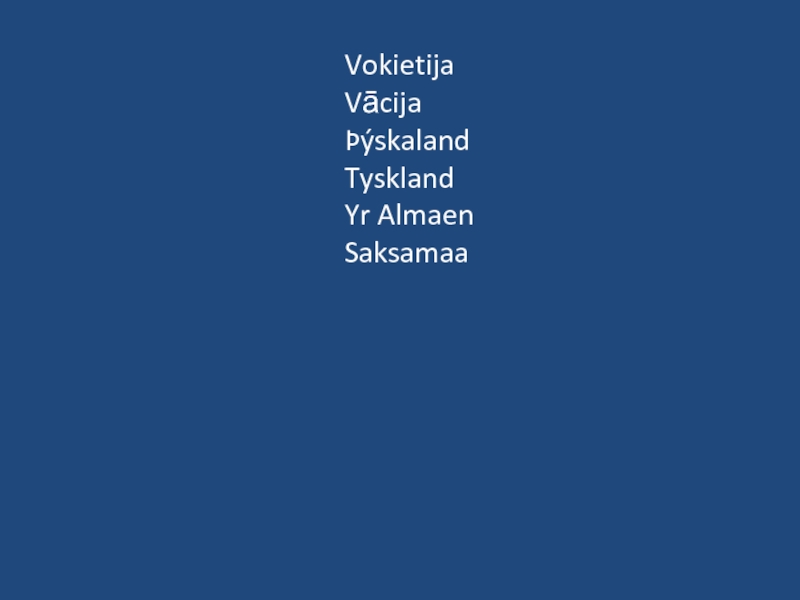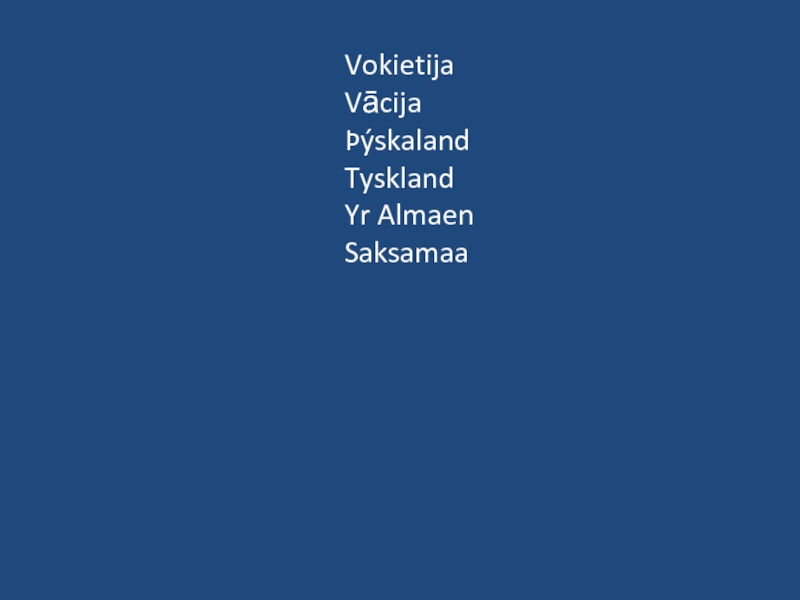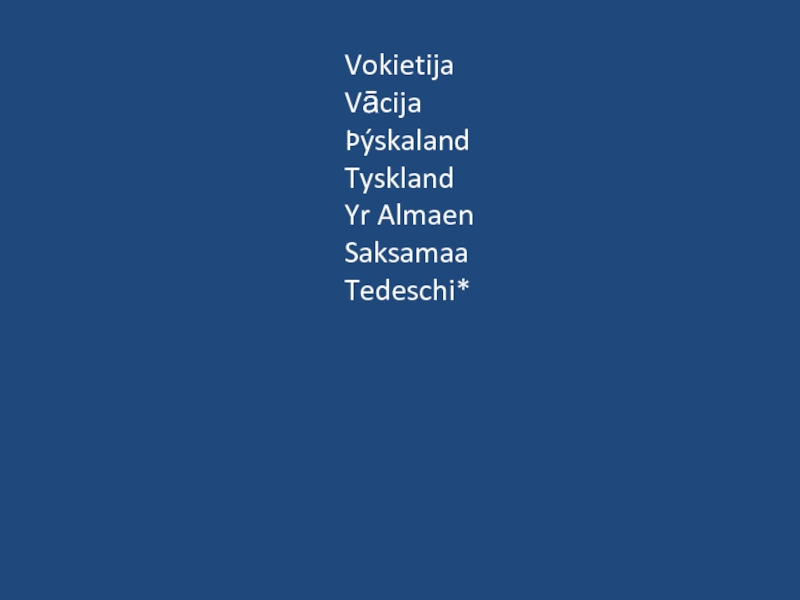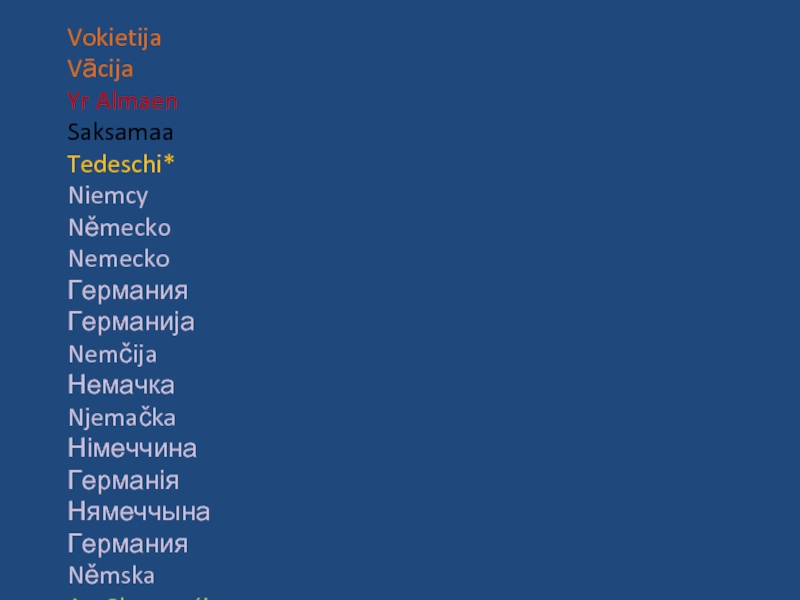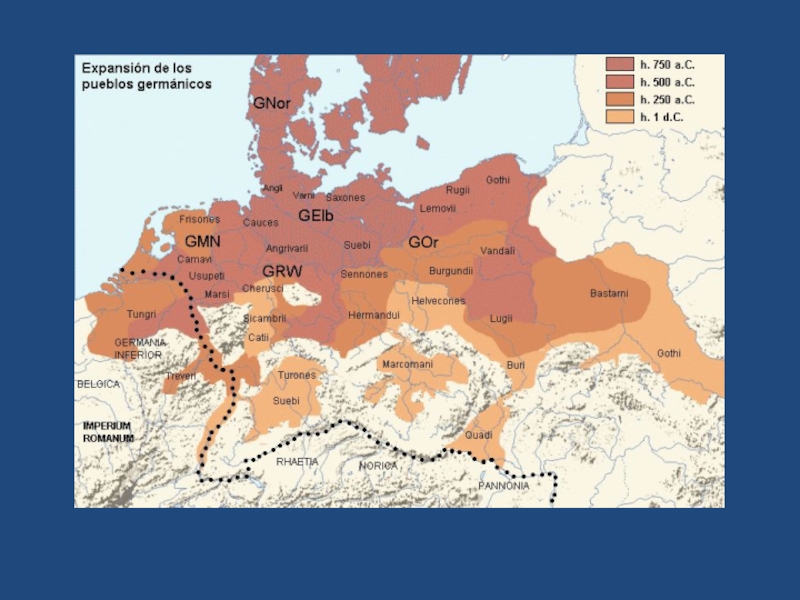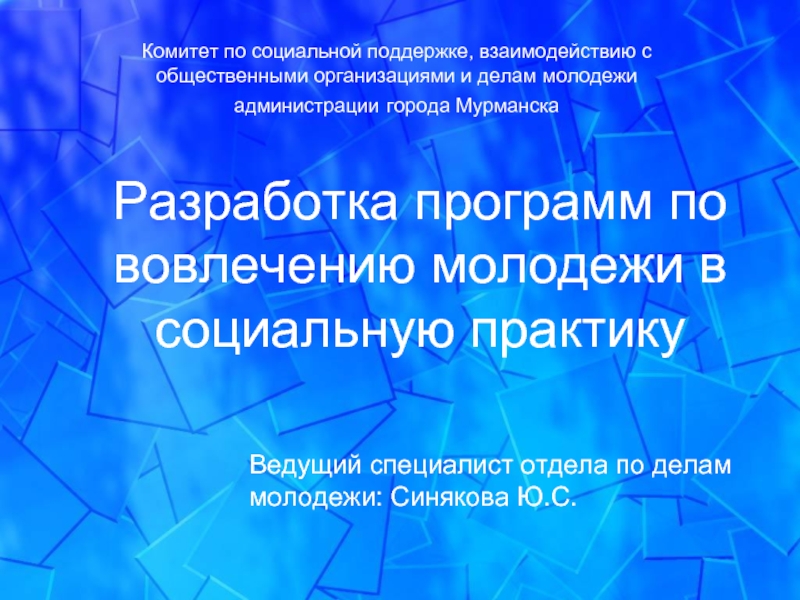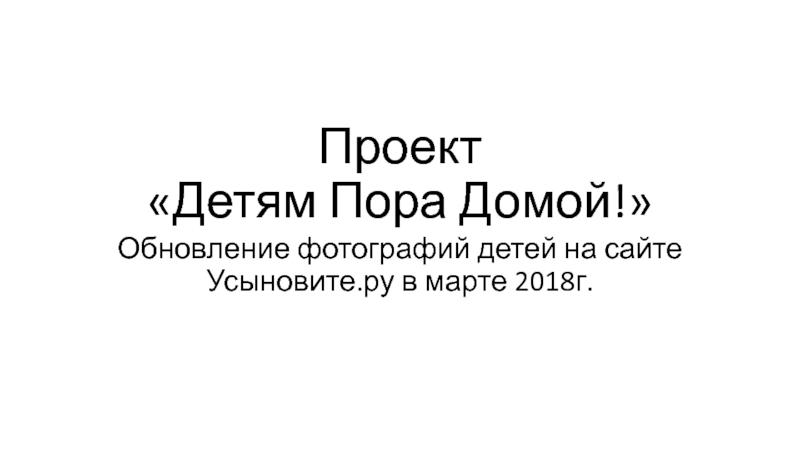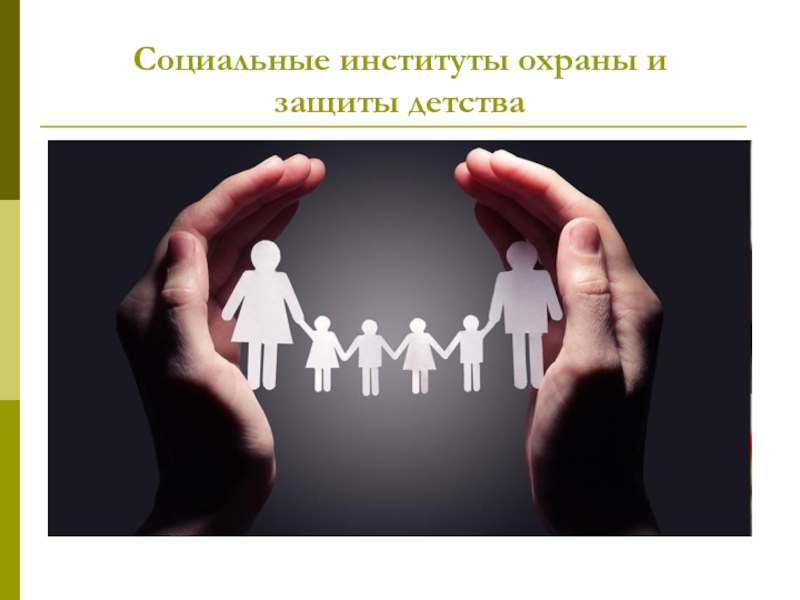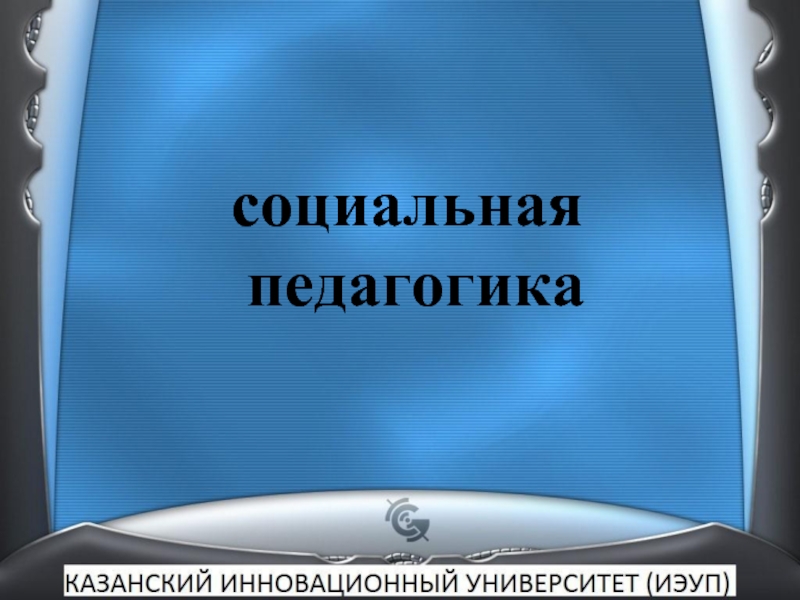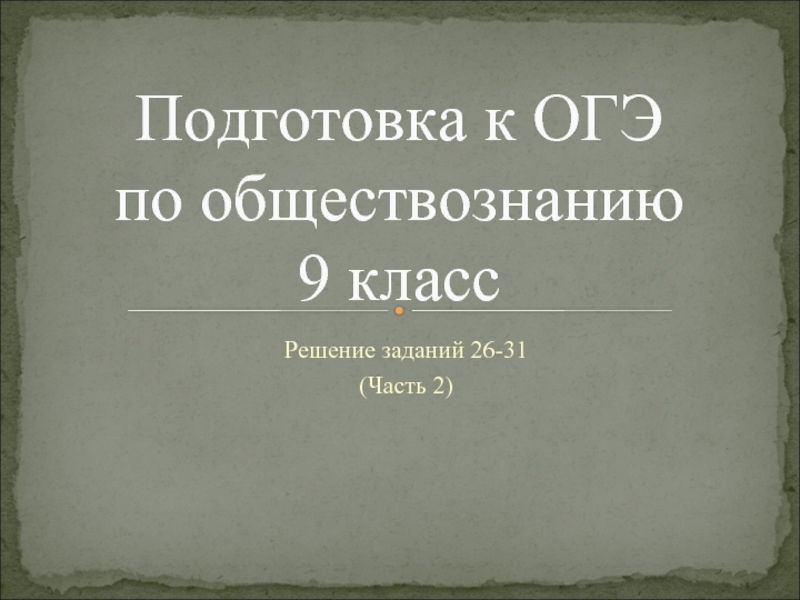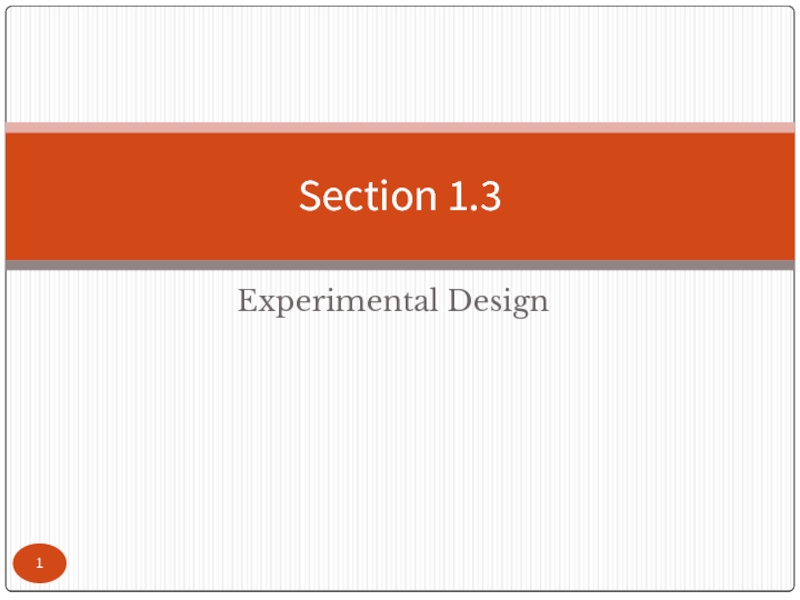- Главная
- Разное
- Дизайн
- Бизнес и предпринимательство
- Аналитика
- Образование
- Развлечения
- Красота и здоровье
- Финансы
- Государство
- Путешествия
- Спорт
- Недвижимость
- Армия
- Графика
- Культурология
- Еда и кулинария
- Лингвистика
- Английский язык
- Астрономия
- Алгебра
- Биология
- География
- Детские презентации
- Информатика
- История
- Литература
- Маркетинг
- Математика
- Медицина
- Менеджмент
- Музыка
- МХК
- Немецкий язык
- ОБЖ
- Обществознание
- Окружающий мир
- Педагогика
- Русский язык
- Технология
- Физика
- Философия
- Химия
- Шаблоны, картинки для презентаций
- Экология
- Экономика
- Юриспруденция
Social and cultural diversity презентация
Содержание
- 1. Social and cultural diversity
- 3. Source: Stutz, Warf. World Economy.
- 4. Age structure of GDR – 1964
- 6. China
- 7. Berlin
- 8. Homeless persons in Sydney
- 10. Russia
- 12. Female sex ratio in 2006 Source: World Population Data Sheet 2006
- 13. Highest and lowest female sex ratio in 2006
- 14. Social and cultural diversity Ethnic diversity Linguistic
- 15. Some definitions: Nation (two main meanings) Ethnic
- 16. Ethnicity and language Equality – Polish
- 17. Socio-ethnic compactness
- 18. Polish national minority’s percentage in rural areas of Lithuania - 1959
- 19. The main three language classifications According to
- 20. Languages http://www.ethnologue.com/web.asp
- 22. Main language families Afro-Asiatic (Hamitic, Semitic) Altaic
- 26. Slavic languages (ab 320 million) West
- 28. Baltic languages Lithuanian (3) Latvian (2)
- 29. Romance languages (ab 750 million) South
- 31. Celtic languages (ab 2 million) Goidelic
- 32. Germanic languages (ab 480 million) West
- 35. Official languages
- 38. Some examples of spreading or diffusion of
- 39. Krievija
- 40. Krievija kriv*** крив*** кривий Кривий Ріг кривoй Кривoй Рoг kriv, krivi Křivý Kriváň
- 41. Krievija
- 42. Ruotsi
- 43. Ruotsi Similar to „Russia” Rosja Russland Rusko Rusia Russie Rússia
- 44. Ruotsi The Rurik dynasty, Rurikids 862 -
- 45. Ruotsi
- 46. Ruotsi
- 47. Vokietija Pasak K.Būgos ir J.Endzelyno,Vokia senovėje buvo
- 48. Vokietija Vācija
- 49. Vokietija Vācija Þýskaland
- 50. Vokietija Vācija Þýskaland Tyskland
- 51. Vokietija Vācija Þýskaland Tyskland Yr Almaen
- 52. Vokietija Vācija Þýskaland Tyskland Yr Almaen Saksamaa
- 53. Vokietija Vācija Þýskaland Tyskland Yr Almaen Saksamaa
- 54. Vokietija Vācija Þýskaland Tyskland Yr Almaen Saksamaa Tedeschi*
- 55. Vokietija Vācija Yr Almaen Saksamaa Tedeschi*
Слайд 14Social and cultural diversity
Ethnic diversity
Linguistic diversity
Religious diversity
Education
Labor force; employment and redundancy
Слайд 15Some definitions:
Nation (two main meanings)
Ethnic group
Ethnic minority
Modern broadening of the term
”NATION”
Objective (fact) and subjective (idea) criterion of nation
Statistical methods
Objective (fact) and subjective (idea) criterion of nation
Statistical methods
Слайд 16Ethnicity and language
Equality – Polish people, Hungarians, Tamil people
Language domination –
Serbs & Croats,
Egyptians & Tunisians
Americans, English & Welsh people
Afrikaners & Coloureds
Spanish, some Philippinos & Argentinians
3. Nation domination – Swiss, Canadians, Belgians, Luxembourgians
Egyptians & Tunisians
Americans, English & Welsh people
Afrikaners & Coloureds
Spanish, some Philippinos & Argentinians
3. Nation domination – Swiss, Canadians, Belgians, Luxembourgians
Слайд 19The main three language classifications
According to grammatical and lexical similarity: FAMILY,
SUBFAMILY, GROUP, SUBGROUP, LANGUAGE
e.g. family of indoeuropean languages
According to historical influences for each other (often based on proximity): SPRACHBUND („LANGUAGE LEAGUE”)
e.g. Balkan area
According to language structures: isolating or analytic, agglutinative, inflecting or fusional
e.g. family of indoeuropean languages
According to historical influences for each other (often based on proximity): SPRACHBUND („LANGUAGE LEAGUE”)
e.g. Balkan area
According to language structures: isolating or analytic, agglutinative, inflecting or fusional
Слайд 22Main language families
Afro-Asiatic (Hamitic, Semitic)
Altaic
Austro-Asiatic (Mon Khmer, Munda)
Austronesian
Chukotko-Kamchatkan (Paleosiberian)
Dravidian
Indoeuropean
Khoisan
Niger-Congo (Niger-Kordofanian or
Bantu)
Nilo-Saharan
Sino-Tibetan
Thai-Kadai
Uralic (Ugro-Finnic)
+ japanese, korean, basque
Nilo-Saharan
Sino-Tibetan
Thai-Kadai
Uralic (Ugro-Finnic)
+ japanese, korean, basque
Слайд 26Slavic languages (ab 320 million)
West Slavic (56)
Pomeranian
kashubian
Polish (42,5)
Sorbian
Lower
Sorbian (15 thousand)
Upper Sorbian (55 thousand)
Czech (9)
Slovak (5)
South Slacvic (28)
Slovene (2)
Serbian & Croatian (17)
Macedonian (1,8)
Bulgarian (8,5)
East Slavic (210)
Belarussian (10)
Russian (160)
Ukrainian (40)
Rusyns or Carpatho-Rusyns
Upper Sorbian (55 thousand)
Czech (9)
Slovak (5)
South Slacvic (28)
Slovene (2)
Serbian & Croatian (17)
Macedonian (1,8)
Bulgarian (8,5)
East Slavic (210)
Belarussian (10)
Russian (160)
Ukrainian (40)
Rusyns or Carpatho-Rusyns
Слайд 29Romance languages (ab 750 million)
South Romance (1,8)
Corsican (340 thousand)
Sardinian (1,5)
East Romance (26)
Romanian (26)
Moldavian (2,7)
Aromanian (Macedo-Romanian) (150 thousand)
Istroromanian (ab 500 persons)
Megleno-Romanian (12 thousand)
West Romance (720)
Italian (62)
French (80)
Provençal, Occitan (Lenga d'òc) & Gascon (1,2)
Spanish (Castillian) (360)
Catalan (7)
Galician (3)
Portuguese (ok. 200 mln)
Rhaeto-Romance (Rhaeto-Romansch) (630 thousand)
Istriot (nearly extinct)
Слайд 31Celtic languages (ab 2 million)
Goidelic (800 thousand)
Irish
(700 thousand)
Gaelic (Scots Gaelic, Scottish) (80 thousand)
Brythonic (1,2)
Welsh (500 thousand)
Breton (700 thousand)
Gaelic (Scots Gaelic, Scottish) (80 thousand)
Brythonic (1,2)
Welsh (500 thousand)
Breton (700 thousand)
Слайд 32Germanic languages (ab 480 million)
West Germanic (466)
English (350)
German
(90)
Frisian (400 thousand)
Lallans, Lowland Scots
Pidgin English
Yiddish
Luxemburgian (300 thousand)
Dutch (Netherlandic) (ok. 23 mln)
Dutch in the Netherlands (ok. 16 mln)
Flemish (ok. 7 mln)
Afrikaans (ok. 10,5 mln)
Scandinavian (North Germanic, Nordic) (18,5)
Icelandic (280 thousand)
Faroese (50 thousand)
Norwegian (Bokmål & Nynorsk) (4)
Danish (5)
Swedish (9)
Frisian (400 thousand)
Lallans, Lowland Scots
Pidgin English
Yiddish
Luxemburgian (300 thousand)
Dutch (Netherlandic) (ok. 23 mln)
Dutch in the Netherlands (ok. 16 mln)
Flemish (ok. 7 mln)
Afrikaans (ok. 10,5 mln)
Scandinavian (North Germanic, Nordic) (18,5)
Icelandic (280 thousand)
Faroese (50 thousand)
Norwegian (Bokmål & Nynorsk) (4)
Danish (5)
Swedish (9)
Слайд 38Some examples of spreading or diffusion of culture / ideas
Toponymy
Toponymy is
the scientific study of place names (toponyms), their origins, meanings, use and typology. The word "toponymy" is derived from the Greek words τόπος (place) and ὄνομα (name).
Слайд 44Ruotsi
The Rurik dynasty, Rurikids 862 - 1598
Rurykowicze
Рюриковичі
Рюриковичи
Ruryk
Рюрик
Rørik
Rerik
Hrørikr
Слайд 47Vokietija
Pasak K.Būgos ir J.Endzelyno,Vokia senovėje buvo vadinama kažkokia Švedijos sritis. K.Būga
šį vardą sieja su gotų istoriko Jordano (6 a.) minėta Pietryčuų Švedijos gentimi VAGOTH. Jei tai yra dūrinys, kurio antrasis sandas yra -goth (gotai), tai pirmasis galėjo būti *vākia (Būga), ar *vāki- (Endzelynas); dūrinyje šis pirmasis sandas redukavosi.
Vis dėlto tokios Švedijos srities *VĀKIĀ neremia jokie švedų kalbos (ir toponimijos) duomenys.
Слайд 55Vokietija
Vācija
Yr Almaen
Saksamaa
Tedeschi*
Niemcy
Německo
Nemecko
Германия
Германија
Nemčija
Немачка
Njemačka
Німеччина
Германія
Нямеччына
Германия
Němska
An Ghearmáin
Alamagn
A' Ghearmailt
Yn Ghermaan
Almayn
Németország
Duiska
Saksa
Gjermania
Alemania
Γερμανία
Almanya
Tyskland
Týskland
Tyskland
Tyskland
Tyskland
Dútslân
Deutschland
Däitschland
Duitsland
Duitsland
Germany
Germania
Alemania
Alemanya
Alemanha
Germania
Germania
Allemagne
Germania
Ghermãnia
Germania
